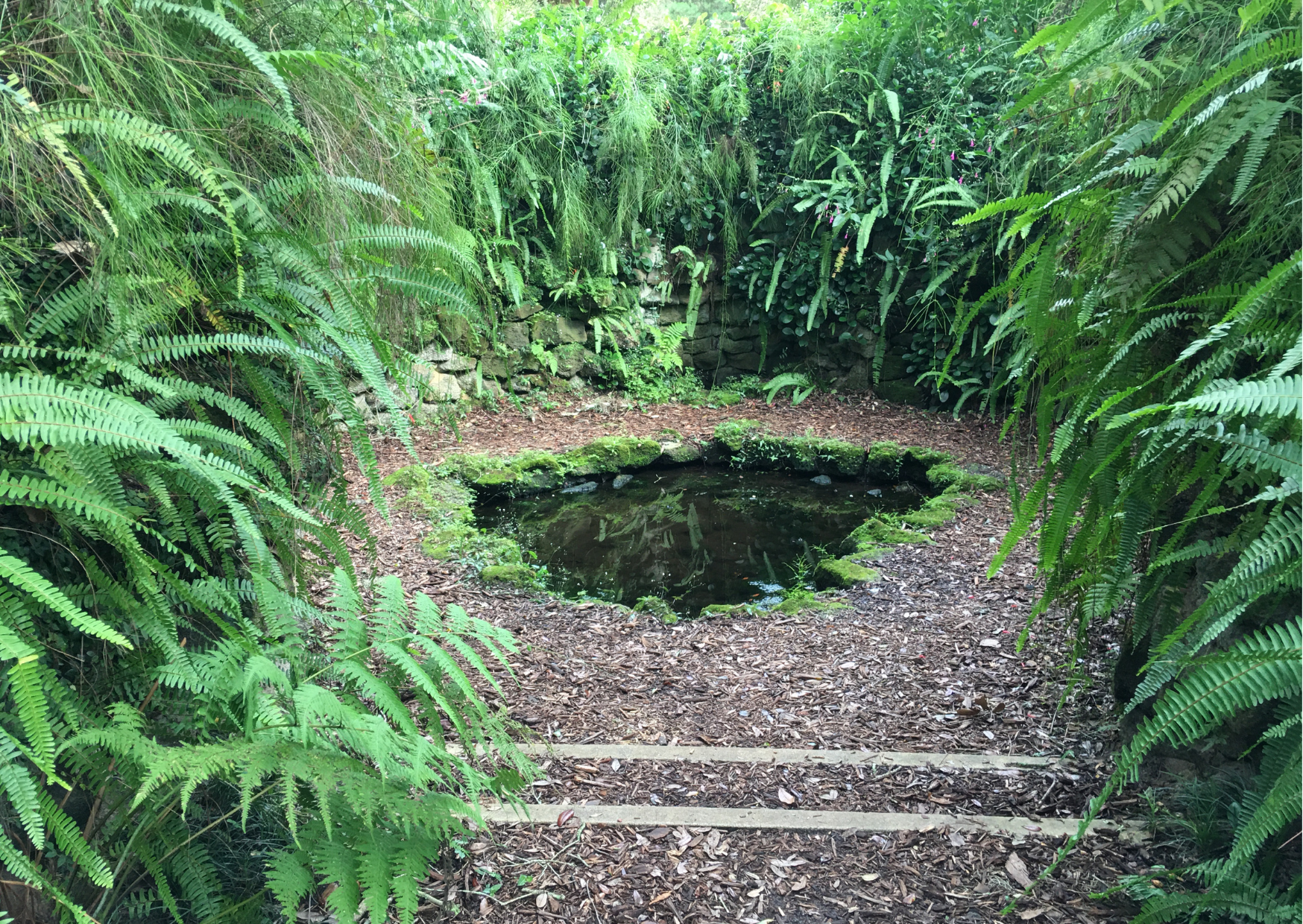Next working day delivery with Royal Mail Tracked 24
Choosing the right Wildlife Pond

Choosing your Wildlife Pond
You can use a range of materials to create a wildlife pond. Digging a hole and lining it with pond underlay and pond liner will do the job, but you can also purchase pre-formed ponds, which can be installed quickly and without much fuss, or invest in a builder to create a brick-built pond.
Preformed ponds are generally made of plastic to various mould sizes, which can be put set into the ground or mounted on decking or railway sleepers. Plastic preformed ponds are resilient to outdoor weather.
To maxmimise the effectiveness of your wildlife setup, choosing a pond with shelves and some depth of at least 60cm will provide more stable temperatures throughout the year. Shelves will allow pond plants to be placed around your pond to create your wildlife environment.
Larger wildlife ponds can be created by purchasing a fibreglass pond. Ponds made from fibreglass are typically recognised as the 'Rolls Royce' of garden pond. Often supplied with a lifetime guarantee, fibreglass ponds provide maximum depth and plenty of shelves, and are easily installed above or below ground.
Installing your Wildlife Pond
When you have decided upon your type of pond, its time to start digging a hole large enough for it. Ensure that any sharp objects that may pierce the pond are removed from the bottom of your hole, especially if you are using pond liner and underlay.
Preformed Ponds
Before placing your pond in the hole, put a layer of soil or fine sand around the edges and the bottom to cradle the pond, keeping it as level as possible. This will protect and insulate the pond. Use soil or sand to backfill any gaps around the pond when installing.
Placing plants in and around the wildlife pond will help your habitat develop. It is wise to consider that wildlife ponds will turn green as algae blooms; develop pond weed and duckweed; and may produce a smell or stagnate. This is all part of developing a natural ecosystem to be carefully managed like any other feature in your garden.
Fill the preformed pond with water, ensuring it is dechlorinated if filling from the tap. Using water from rainwater butts is also a good idea, as long as it is not stagnant. You can add good bacteria to the pond, to encourage healthy water long term, but this should not be viewed as an alternative to filtration. Before long, you will have a garden water feature that is full aquatic wildlife, and be enjoying watching birds and other creatures drink and feed from the pond.
Pond Liners and Underlay
Using a pond liner instead of a pre-formed pond can offer more flexibility and is often the cheapest option. Pond liners come in a range of sizes and can often be cut-to-size as per your requirements. When purchasing your pond liner, it is recommended to oversize your liner to ensure that it will fit the pond when full of water - better to overestimate than under.
To begin, plan your lined pond by marking out the size and shape to be dug on the ground. Ponds built using pond liner can be irregular in shape, with different depths to make it more attractive to wildlife.
As you dig, ensure it is at least 60cm in depth in places to provide more stable temperatures throughout the year. Create some shelves for pond plants, and once dug make sure there are no sharp objects like rocks and stones in the hole that could pierce the liner.
It is highly recommended to install a layer of underlay to protect and part insulate pond liner. Once the underlay is laid, lay over it the pond liner loosley in the hole ensuring there is an excess over the edges.
Slowly fill the pond with water using a hose pipe (don't forget to dechlorinate!) while lifting the liner to remove any wrinkles, folding the liner into any corners. The weight of the water will expand the liner firmly into place. When the pond is full, the excess liner can be held in place with either paving slabs, stonework or heavy rocks (which can be planted as rock gardens). Do not allow paving mortar to fall into the pond, even a small amount can make the water dangerously alkaline and harmful to
wildlife.
To browse our range of wildlife ponds online please click here.
To browse our range of pond liner and underlay please click here.
Photo credit(s): Canva pro licence






